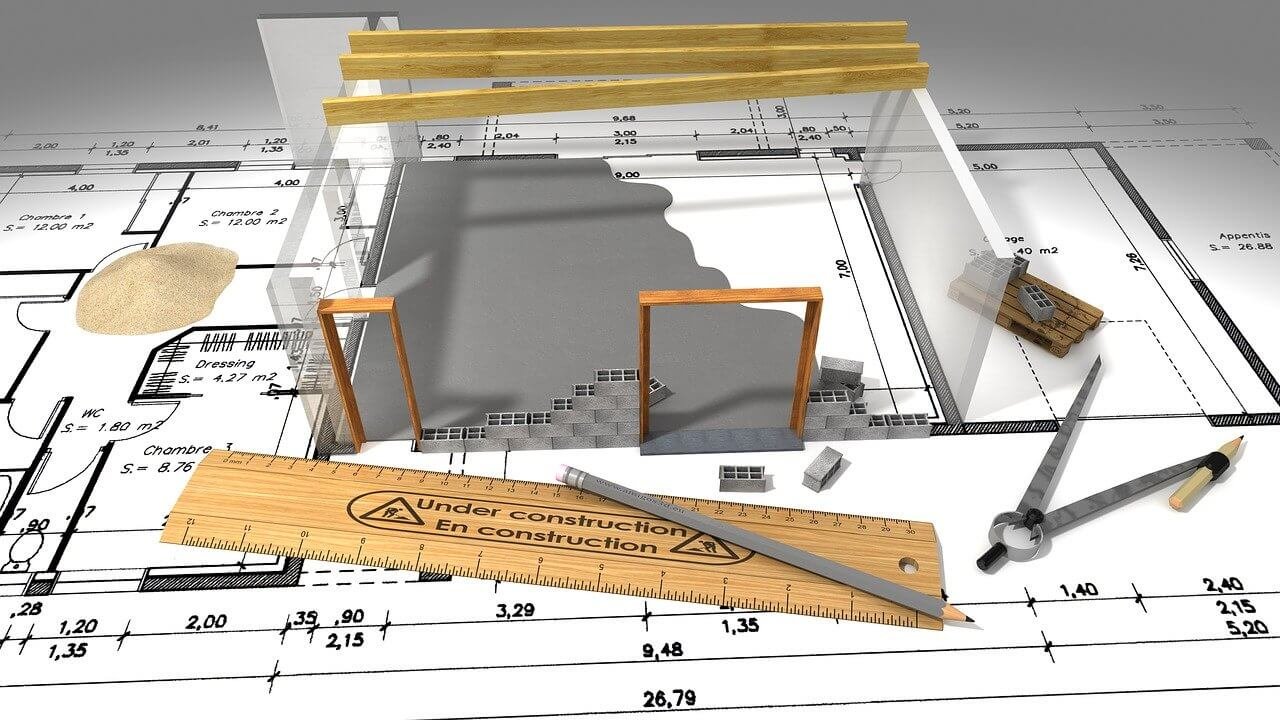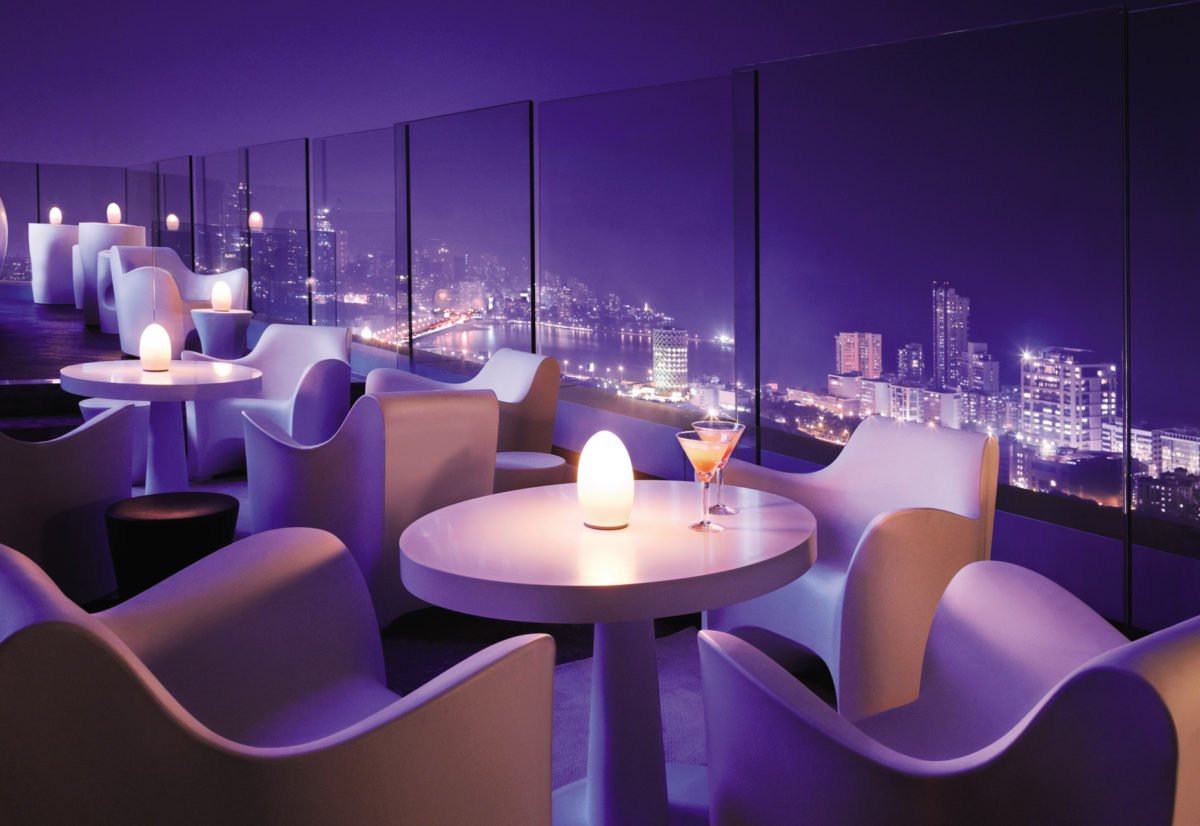From the beginning of time walls have been put up for a myriad of reasons such as marking territory, claiming land, protection, and defense. Since time immemorial, people have felt the need to separate themselves from things that seem foreign or undesirable to them.
Walls are a physical entity used to keep the unwanted out and the safety within. But at what point did these walls start becoming ideological?
People of higher states and castes have used walls throughout history and to this day to ensure that they do not intercept with people who they consider lower. Take the creation of the Citadels of ancient eras. From the Acropolis’ made for leaders who associated themselves with the Gods to the Kings and Queens of vast Lands who created large barriers to separate themselves from the ones, they rule over. While building a wall may seem like a basic architectural need, a wall can be so much more than just a physical structure. The physical walls are always created because of a mental barrier which is exclusionary.

Dark-skinned people have been largely discriminated against in many parts of the world like Europe, Africa, and America. Walls were built in the form of metal barricades in public pools, public parks, separate waiting rooms, and physical concrete walls to separate cities themselves.

Particularly, South Africa to this day struggles from the colonization of the British where the Apartheid was implemented. Major parts of South Africa that were walled off from the colonized areas still struggle economically and are largely underdeveloped to this day.
Similarly, walls across North America were built during the 1800s and 1900s where colored communities were separated from the Whites. In cities like Detroit, Michigan, and Crane, large concrete walls were built next to the existing Black community for All White Housing Development projects. These types of walls came to be known as “Buffer Strips” and were in many cases topped with barbed wire or glass.

While these racist walls were cropping up in all parts of the country, the ruling white establishment worked against the creation of a Black community or Black “villages” in the first place. In many cases, 6 feet walls were added as a quid pro quo with the Federal Housing Administration who struck up a deal with the Whites to ensure that no Coloured people could enter their premises. Most of the walls were encroached across exiting streets and roads in the Black Communities, which resulted in children having to walk at least 2-3 extra miles around the wall to go to school.

This segregation had a major effect on the African American community who were disenfranchised in all aspects of life. The creation of concrete walls and metal gates was one aspect of a much larger issue of racism and hatred. While the disenfranchisement of the Black community has major effects till today, the fact that architecture played a role in it is not something that is equally considered to the other socio-economic causes.
The creation of walled-off Black Communities which had poor infrastructure and services trickled down through the years to form “Ghettos” which are areas where downtrodden communities stay due to lack of economic growth and development. Most Ghettos across the U.S are filled with African Americans, who due to the economic impoverishment turn to crime and violence as a way of life at higher rates compared to the same types of people in better neighborhoods. These areas are a direct effect of the systemic racism and injustice shown by the government that continues till today.
Many of the walls that were built for segregation were broken down after the Civil Rights Movement either in protests or through government mandates. A few walls however remain to this day, some painted with colorful images and others left the way they were built, standing as a reminder of the discrimination and injustice the community faced.
Architecture as an institution has always been used to propagate discrimination. This was most evident in the building of citadels, castles, and palaces which all used the hard work and efforts of the sole people these places kept out. It is time we understand the influences these structures can have on a community even after they are long removed. The ghosts of our troubled pasts continue to haunt the disenfranchised and we must be cognizant of its existence when working towards building a more just society.


